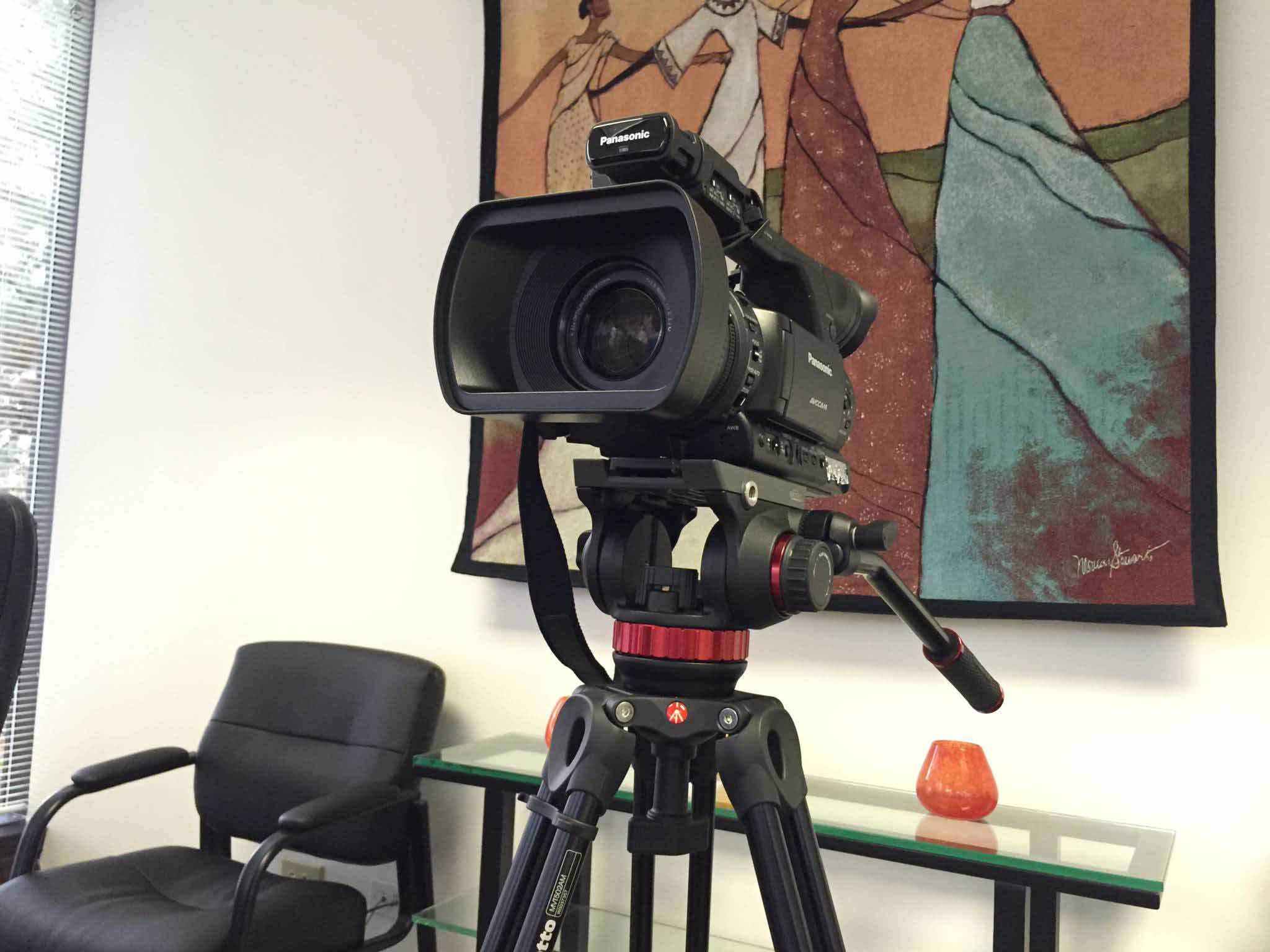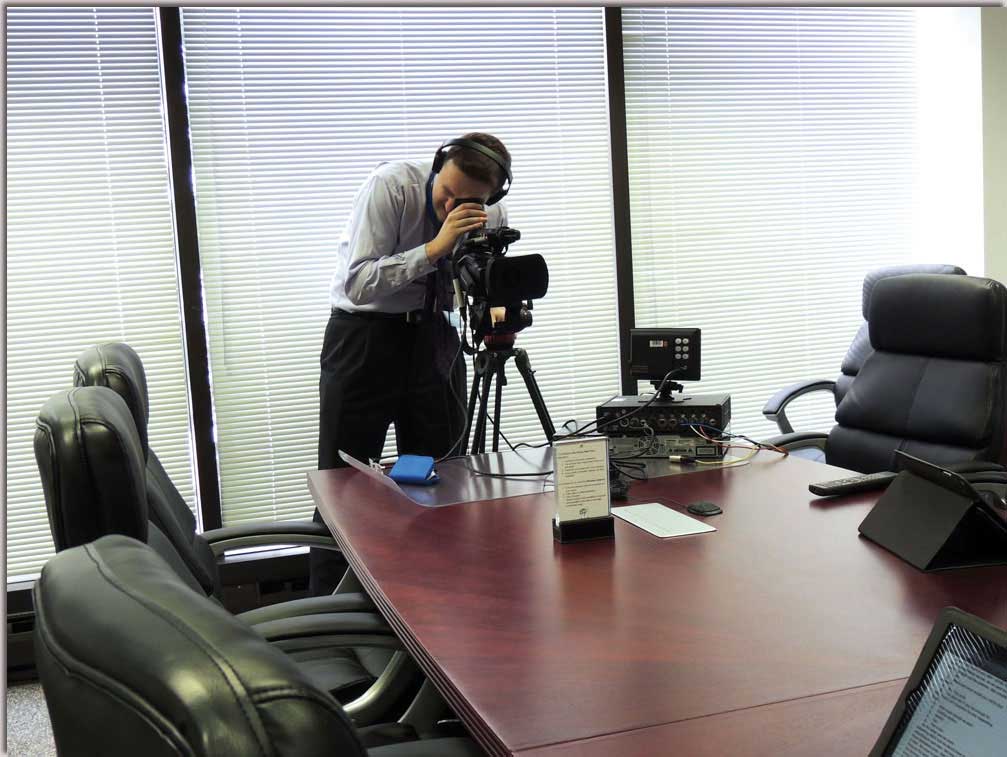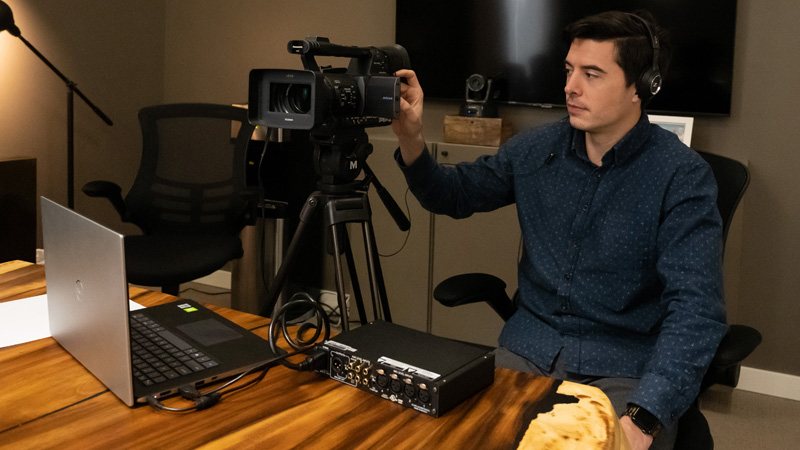Legal Videography: A Comprehensive Overview to Recording Depositions
Legal Videography: A Comprehensive Overview to Recording Depositions
Blog Article
Crucial Elements of Legal Videography for Reliable Paperwork
Lawful videography plays a crucial role in the documents of crucial occasions within the justice system, where precision and quality are extremely important. As we discover these crucial aspects, it comes to be apparent that the nuances of this method can have far-reaching ramifications for lawful end results.
Importance of Lawful Videography
Lawful videography plays an important duty in the judicial procedure by providing a trustworthy aesthetic record of testaments, depositions, and various other substantial events. This visual paperwork serves several important functions, most especially improving the reputation of proof offered in court. Unlike written transcripts, video recordings capture non-verbal signs, such as body language and emotional reactions, which can substantially influence a court's perception of a witness's reliability and truthfulness.
Moreover, legal videography aids in preserving the stability of complicated situations, ensuring that subtleties are properly represented. This ends up being particularly crucial in situations involving specialist statement, where aesthetic aids can illuminate complex concepts that may be challenging to convey via message alone.
Additionally, using videography can improve trial process. By allowing jurors to see recordings as opposed to relying solely on live testament, the procedure can become a lot more effective and less at risk to false impression.
Technical Needs
To efficiently catch top notch video clip in a legal setup, particular technical needs must be met. The choice of camera is critical; it should have high-def abilities, preferably 1080p or higher, to ensure quality in visual paperwork. Additionally, the camera must have a reputable zoom feature to capture information from various ranges without compromising image quality.
Lighting is another important element. Natural light is liked, yet supplemental illumination might be required to remove shadows and make sure all participants are appropriately lit up (Legal Videography). Soft, diffused lights can help develop a professional appearance while preventing extreme contrasts

Finally, steady recording tools is essential. A tripod or other stablizing equipment need to be used to stay clear of unsteady footage, which might diminish the professionalism and trust of the documentation. Satisfying these technical demands will significantly enhance the quality and performance of lawful videography.
Conformity and Legal Standards
In the world of lawful videography, adherence to conformity and lawful requirements is paramount to make sure the integrity and admissibility of taped products in court procedures. Legal videographers should be fluent in the relevant regulations and laws controling the documents of proof. This consists of recognizing the policies of proof, which dictate exactly how video recordings can be used in court, along with privacy legislations that secure the legal rights of individuals caught on video.
In addition, videographers must acquire proper approval from all parties entailed in the recording procedure. This not only promotes transparency but additionally safeguards against potential lawful repercussions. click resources Conformity with state-specific guidelines is equally crucial, as the legal landscape differs substantially across territories.
Moreover, preserving high standards of technical high quality is essential, as inadequate audio or aesthetic quality can result in challenges relating to the integrity of the footage. Videographers must additionally keep thorough records of the chain of guardianship for all video materials, making sure that they can demonstrate the credibility and integrity of the recordings if questioned in court. Essentially, conformity with legal standards develops the structure of effective and trusted legal videography.
Best Practices for Videographers
Abiding by compliance and legal criteria establishes a solid structure for effective legal videography, yet finest practices additionally improve the high quality and dependability of recorded materials. First of all, videographers need to utilize high-quality devices, including electronic cameras with enough learn the facts here now resolution and sound capturing devices that reduce history noise. This makes certain clarity in both aesthetic and auditory elements, which is important for lawful documents.
Second of all, proper lighting is necessary to prevent shadows or overexposure, therefore preserving the integrity of the footage. Videographers must hunt the place in advance to figure out optimum illumination conditions, adjusting as essential.
Additionally, careful framework and make-up are crucial. Subjects should be centered within the structure, and any type of appropriate materials or exhibitions ought to be plainly visible. This not only aids in clearness yet also aids in conveying context throughout lawful procedures.
Furthermore, keeping a neutral demeanor and staying clear of individual prejudices while taping enhances the professionalism and reliability of the videographer. Attention to information in editing, consisting of smooth changes and clear labeling of files, makes certain that the final item is not just sleek however additionally very easy to navigate for legal groups. Adhering to these finest methods inevitably sustains the purposes of lawful documents.
Enhancing Evidentiary Value
Enhancing the evidentiary worth of legal videography requires a calculated approach that focuses on both authenticity and clearness. Legal videographers must ensure that the video documents properly reflects the events, statements, or conditions being tape-recorded. This begins with the choice of high-quality tools that records clear audio and visual elements, reducing distortion or interference that could weaken reputation.
In addition, careful attention to information is paramount. Videographers need to develop a steady electronic camera placement, make use of proper illumination, and prevent any type of unneeded edits that might be regarded as changing the initial web content. Maintaining a neutral perspective throughout recording aids maintain the authenticity of the evidence.
In addition, correct documents of the recording process-- including date, time, location, and any kind of pertinent contextual info-- can dramatically strengthen the evidentiary weight of the video clip. This metadata offers as a critical reference factor for credibility.

Verdict

Legal videography plays a pivotal function in the paperwork of vital events within the justice system, where precision and quality are vital.In the more information realm of legal videography, adherence to compliance and lawful requirements is critical to ensure the honesty and admissibility of taped materials in court process. Legal Videography. In essence, compliance with legal requirements forms the structure of trustworthy and reliable legal videography
Sticking to compliance and lawful requirements establishes a solid foundation for effective lawful videography, yet ideal methods further improve the quality and dependability of documented materials.In verdict, the relevance of lawful videography lies in its capacity to offer clear, dependable documents for legal proceedings.
Report this page